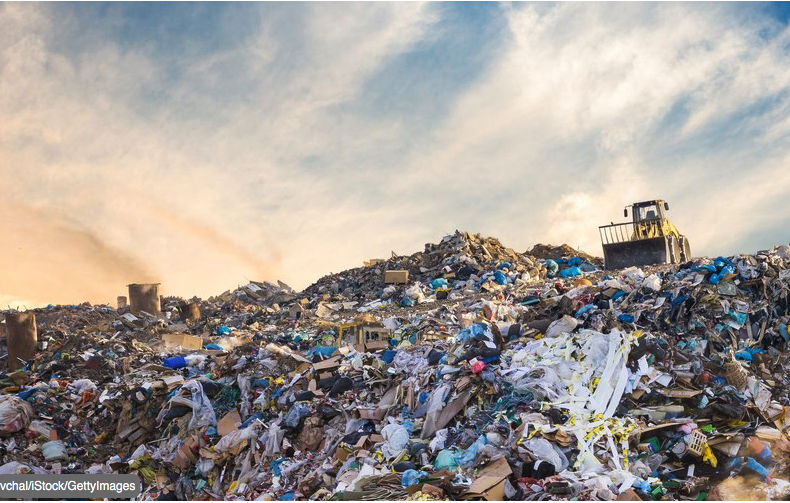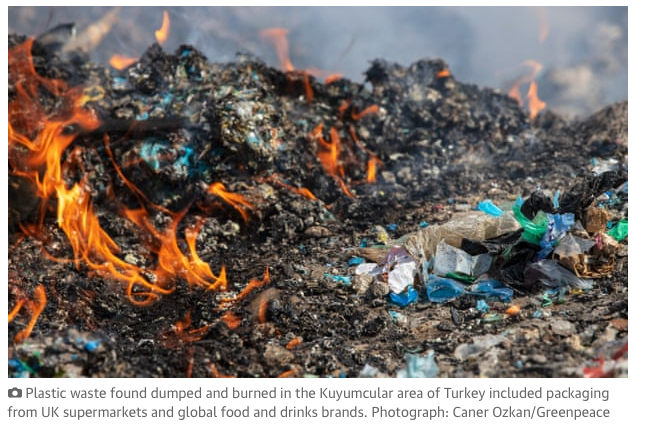Renewable energy generation technology uses just a fraction of the minerals used for fossil fuel power generation – and particularly for coal power – a new report from the International Energy Agency has shown.
The research finds that while metals and other minerals are essential to the production of renewable power equipment and infrastructure, they represent only a small share of the current mineral footprint of the global renewable electricity sector.
This finding – illustrated in the chart below – counters claims that demand for minerals to supply the global renewable energy boom is undermining the benefits of the zero emissions generation technologies.




